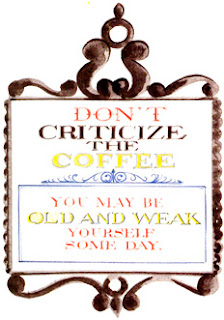I wrote and illustrated ‘The Good Old Kiwi Pub’. It was published in 1995 and was a snapshot of some New Zealand pubs as they were at the end of the 20th century. I have decided to share some of the entries from the book from time to time on this blog.
The Rat Trap, built in 1903, guarded the only road exit from the Takaka Valley to Riwaka, Motueka and the market gardens of Tasman Bay. I painted it on a number of occasions because it offered such a welcoming prospect after the breathtaking descent into the valley from the limestone heights of Takaka Hill-the ‘Marble Mountain’.
While well-known all over Nelson Province, the pub was never more popular than in the late 1930s when more than five hundred workers were constructing the hydroelectric dam in nearby Cobb Valley. That’s when the Upper Takaka Hotel was given its nickname. Life was hard at the remote dam site and the men sometimes became ’stir crazy’, so much so that absenteeism, caused by workers not returning to camp after making supply trips, became commonplace.
‘Where are the men?’ the overseer would demand.
The answer would come, ‘Caught in the Rat Trap1′
They solved the problem by buying truckloads of beer from the pub and selling it in the works canteen. They bought so much that the Rat Trap’s beer sales were greater than any other pub in Nelson Province.
It’s still possible to get trapped in Golden Bay if the hill is closed by snow and ice but, sadly, you won’t find comfort at the Rat Trap; it burned to the ground on 19 May 1994. It’s a tragic story; a husband and wife were proprietors and she, with tortured mind, fired the place which had trapped her and turned her into what her defence counsel at her arson trial described as ‘a lonely and terrified woman’. With heartening compassion the jury found her not guilty.
I grieve for her, her husband and the old Rat Trap. This watercolour was painted for a calendar which was published in 1994. On the last page of this book you’ll find the remains of this dear old pub . . .
© DON DONOVAN
donovan@ihug.co.nz
.
.








































